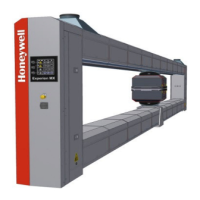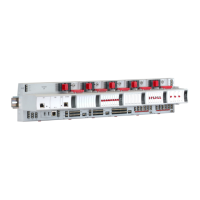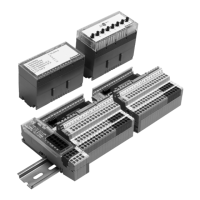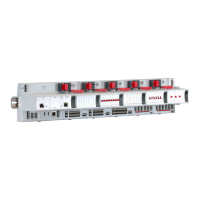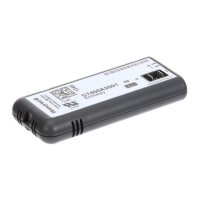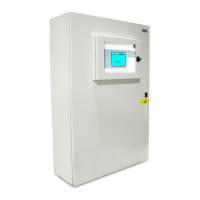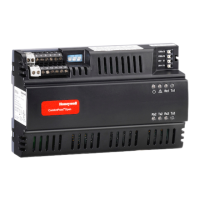l
Rationalize alarms and reduce duplication as much as possible.
l
Implement management of change (MOC) for the alarm system. This is particularly
important to ensure that a site’s alarm suppression strategy is taken into account
when, for example, equipment is changed or out for maintenance, or when systems
are running in a mode other than the original design.
n
In the absence of formalized MOC, it is important to have comprehensive and accurate
documentation in place to ensure that subsequent changes in equipment and control
strategy do not result in unforeseen (and potentially hazardous) consequences.
n
Consider using DAS in conjunction with mode-based alarming using a tool like Alarm
Configuration Manager (ACM). While mode-based alarming is not fast enough to deal
with suppression, it can be effective for managing alarms under controlled scenarios
like when bringing a unit back into service. (Note, however, that care needs to be taken
when bringing a unit back into service as removing suppression too early could lead to
alarm floods.)
For example, you could use ACM to define an out-of-service or shutdown mode that
sets journal-only and other alarm attributes to ensure that any noise on the triggering
signals during maintenance or repair does not translate to alarms. You could also use
ACM to suspend enforcement on related tags, thereby allowing temporary changes
such as the disabling of alarms.
n
DAS is best suited for dealing with trips in small units or in fairly distinct equipment. If
you want to use DAS for dealing with large scale unit or plant trips, create low-level
(that is smaller and thus more easily managed) alarm suppression groups that can
operate independently on individual units within the larger unit or plant.
n
Although DAS could be used to manage alarm annunciation during planned
shutdowns or startups, changes to known plant states are better addressed with ACM.
n
If your site currently uses controller logic, contact cutout, or other mechanisms to
achieve suppression or shelving functionality, you might want to consider the
advantages of using Experion DAS or Experion alarm shelving. Before making any
significant change to your current alarm system, it is of course always important to
consider the impact of such a change on operators.
Alarm and alert shelving
Alarm shelving is a form of manual suppression that enables operators to remove individual
alarms from the main alarm summary display for a limited time.
Shelving is typically used by operators to hide “nuisance” alarms that are distracting them
from other more important alarms. Although multiple alarms can be shelved at the same time,
you can only shelve one alarm at a time.
Alarm shelving is most suitable for the following situations and scenarios:
Alarms and events
Honeywell 2017 90
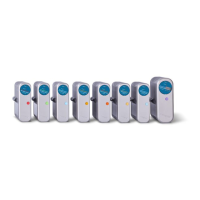
